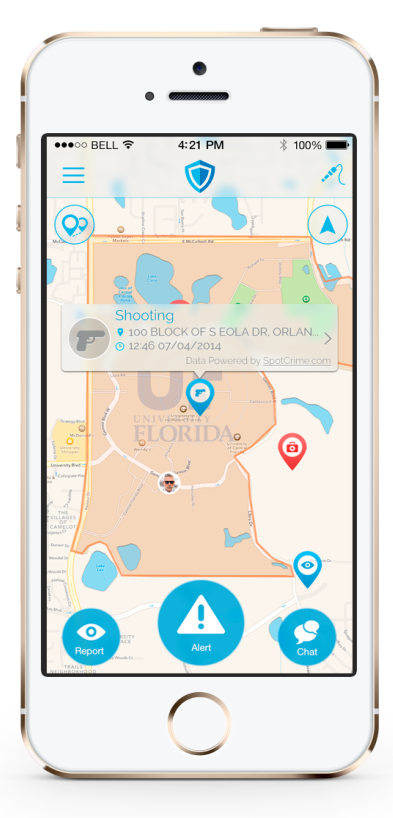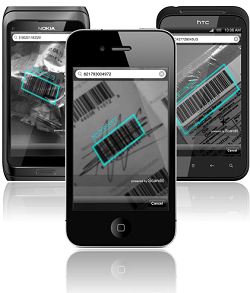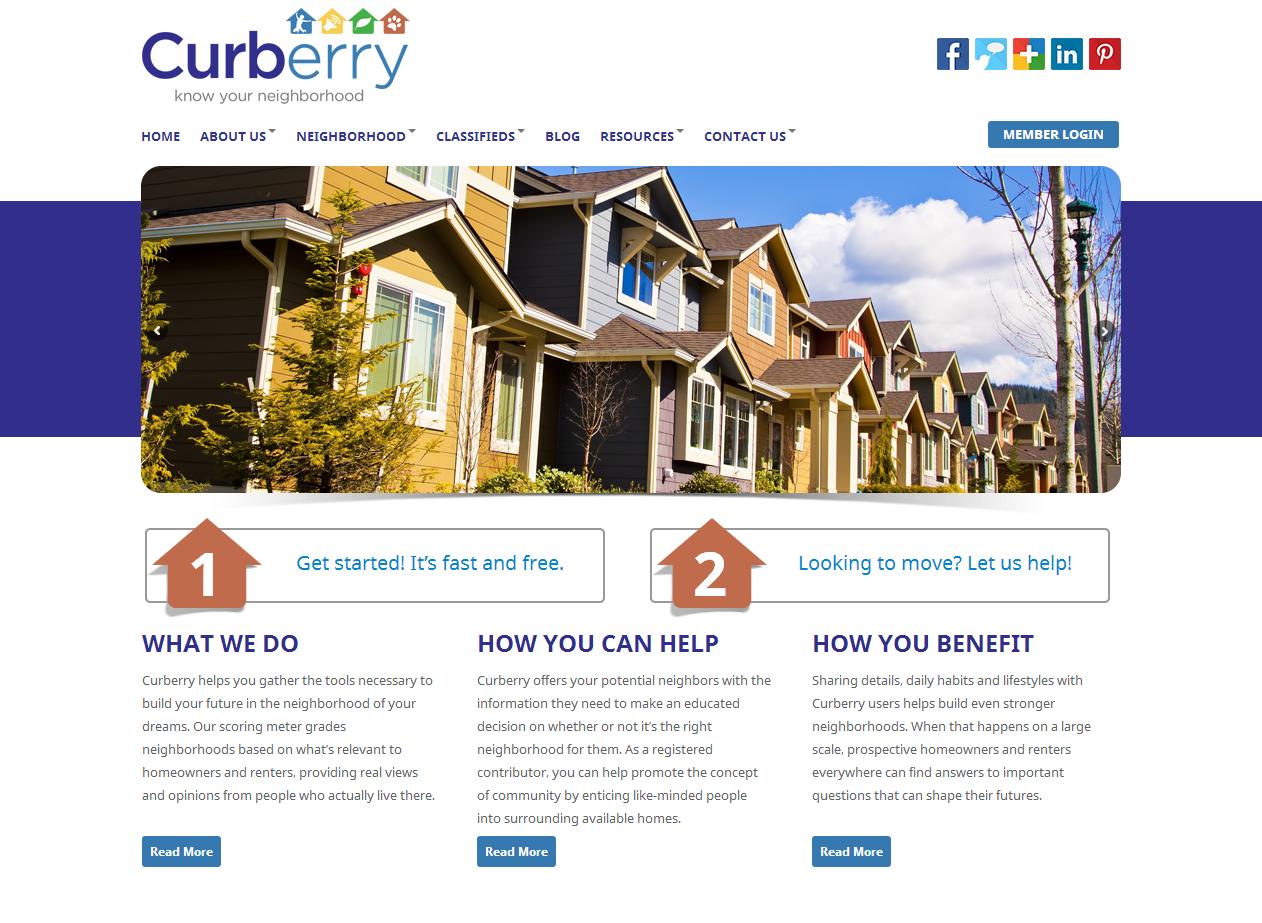 A Q&A with TapShield founder and CEO Jordan Johnson. The Orlando, Florida-based startup, which has built a mobile device-centric security platform for colleges and large enterprises, had its official launch last month after a ‘semi-stealth’ launch at the University of Florida. It was founded in 2013 and has raised $750,000 in funding to this point.
A Q&A with TapShield founder and CEO Jordan Johnson. The Orlando, Florida-based startup, which has built a mobile device-centric security platform for colleges and large enterprises, had its official launch last month after a ‘semi-stealth’ launch at the University of Florida. It was founded in 2013 and has raised $750,000 in funding to this point.
SUB: Please describe TapShield and your primary innovation.
Johnson: TapShield is an enterprise-grade personal safety solution that leverages users’ smartphones and adds social networking and mobile technologies to improve emergency response times by up to 47 percent. When a caller sends in an alert, dispatch centers get an instant picture of who is calling—things like their photo, any medical conditions, and real-time GPS location—so emergency dispatch can immediately send help instead of wasting valuable minutes gathering basic caller information. And, by the way, caller information is not shared or stored anywhere.
It’s also the only mobile safety solution to use the power of crowdsourcing for emergency reporting and response, and users can also send a covert, silent alarm by simply yanking headphones out of their smartphone using patent-pending Yank technology.
 SUB: Who are your target markets and users?
SUB: Who are your target markets and users?
Johnson: TapShield has wide appeal in terms of a personal safety solution, but we’re focused on security operators and emergency management personnel on college campuses and global enterprises at this time.
SUB: Who do you consider to be your competition, and what differentiates TapShield from the competition?
Johnson: TapShield isn’t just a panic button on a smartphone—there are several companies who do that already. TapShield is a personal safety solution that’s being used in so many different ways. It’s being used by people who want to figure out the safest route home when walking alone at night or who want to see what real-time crimes are being reported in the area using a map-based interface. People are using Entourage to tell the app to be on guard when they’re traveling from point A to point B, knowing that the app will notify police or designated contacts if they don’t arrive safely.
They’re also using TapShield to crowdsource emergency response, because sometimes a trained medical professional can be 50 feet away and can respond much faster than police or paramedics. And all of these alerts are monitored and managed by TapShield’s ‘Shield Command’ incident response system, so safety and emergency personnel can respond faster and better prepared than before.
SUB: You just had your official launch. Was this a launch out of beta?
Johnson: No, this was in fact our coming out of semi-stealth mode launch. The company purposefully dedicated all its resources to an initial customer to deliver an industrial-strength product to the market. So, we delayed a formal launch of TapShield until the successful deployment of our product to more than 50,000 students at the University of Florida. Today, we’re on track to deliver our second major product release this Spring, further establishing TapShield’s technology superiority in the mobile personal safety marketplace.
SUB: Why was now the right time to launch?
Johnson: Smartphones really took off only in the past few years, and that was an important enabling event. Today, more than 50 percent of U.S. adults own a smartphone and that number is rapidly growing. And in order to reach entire student bodies, campus and workplace safety solutions must use advanced technologies like smartphones and social networking that are ingrained in today’s increasingly tech-savvy culture.
SUB: What was the inspiration behind the idea for TapShield? Was there an ‘aha’ moment, or was the idea more gradual in developing?
Johnson: TapShield was born out of a personal pain point I felt as a student at the University of Florida in 2009, when there was a rash of gang activity on campus. During my senior year, I was part of the student body leadership and we were seeing all these troubling stats, and it was clear that we needed a better way of providing safety across campus without relying on outdated blue lights or emergency numbers. We knew technology could provide a simpler, better and lower-cost solution to keep students safe.
SUB: What were the first steps you took in establishing the company?
Johnson: I had previous entrepreneurial experience, so some of the effort was familiar territory. As you know, the world of a small company is non-stop and lots of things have to come together at the same time. We built a world-class team, raised the initial funds, designed and prototyped the product, and talked to lots of customers and industry experts—all at the same time.
SUB: How did you come up with the name? What is the story or meaning behind it?
Johnson: A single tap shields you from an unpleasant or dangerous event. It’s that simple.
 SUB: What have the most significant challenges been so far to building the company?
SUB: What have the most significant challenges been so far to building the company?
Johnson: TapShield is unusual in the sense that it is such a natural, almost obvious, idea once you hear about it. We’ve come up with a new way to think about organizational safety, and we’re pushing the limits in this area. Yet we’re dealing with large universities and Fortune 50 companies that are generally more conservative in nature, so bringing this level of change to a large organization is a big task. The University of Florida is a great example of a forward-thinking organization that has adopted TapShield to provide an extra level of security for its 50,000 students, and their chief of police is very happy with the solution.
SUB: How do you generate revenue or plan to generate revenue?
Johnson: We sell to colleges and enterprises on a per-license Software-as-a-Service basis. The app is free to users.
SUB: What are your goals for TapShield over the next year or so?
Johnson: Our goals are simple. We want TapShield to be the de facto standard when it comes to personal safety on college campuses and mobile workforce safety of global enterprises in a few focused industries. On the product side, we will continue to be laser-focused on evolving user requirements and changing the product accordingly. One particular area will be crowd-enabling features that will elevate TapShield to become an integral part of everyone’s life to ensure safety, every day.













